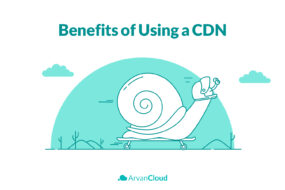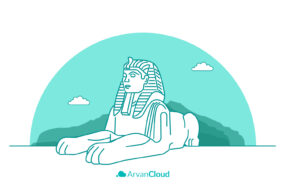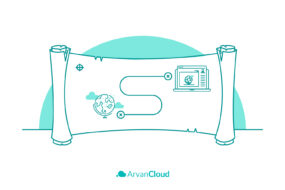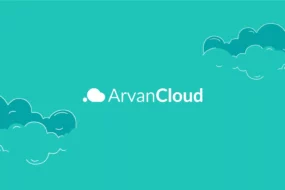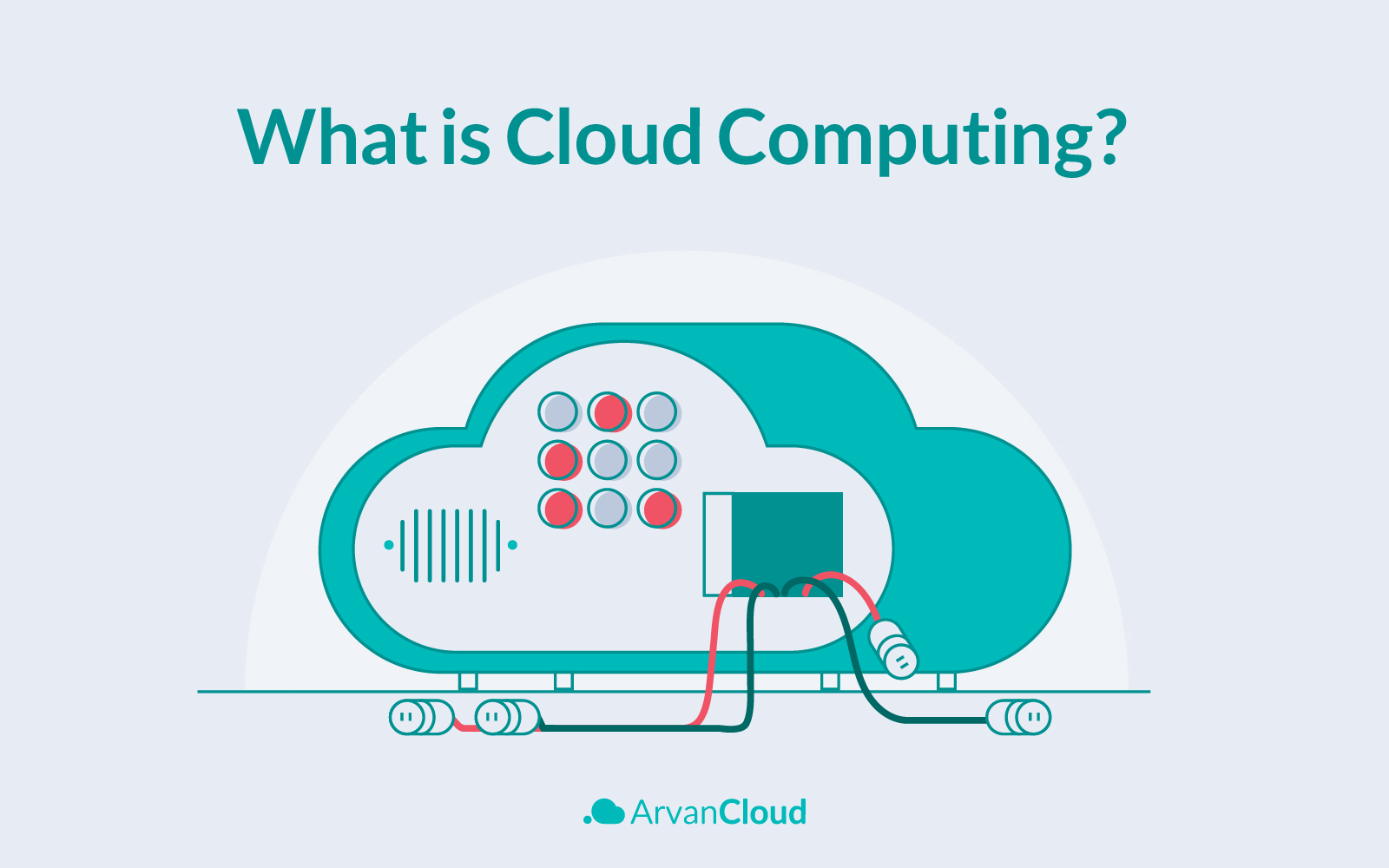
What is cloud? What is cloud computing? Where is the cloud? These are some of the questions anyone probably has heard once more significant days. In simplest terms, the cloud is a virtual environment, and cloud computing means storing and accessing data over the Internet. If a business wants to expand its Infrastructure, an enterprise wants to deliver an application, or an organization wants to launch an innovation, cloud computing is the ideal solution. This article gives you a thorough definition of “What Is Cloud Computing?” and explains it on deeper levels by discussing its different types and services.
What is Cloud Computing?
Cloud computing service is the on-demand delivery of IT resources over the Internet. The pricing method is pay-as-you-go. That will lower the operating costs, run the Infrastructure efficiently and scale as the business needs change. Companies and organizations can access technology services easily instead of buying, owning, and maintaining physical data centers. Some of these popular services are computing power, storage, databases, networking, software, analytics, and intelligence that can be accessed over the Internet on an as-needed basis from a reputed cloud provider like ArvanCloud Cloud Server. Simply put, cloud computing means delivering computing services. Computing services offer faster innovation, flexible resources, and economies of scale.
Cloud computing services can organize all types, sizes, and industries based on a variety of cases. They can be used for disaster recovery, data backup, email, development, testing, data analytics, web application, virtual desktops, and many more. For instance, a healthcare organization uses the cloud to develop a personalized treatment method for patients. A financial service uses the cloud to boost real-time fraud detection and prevention. Or a videogame designer uses the cloud to deliver and share an online game to all the players across the world.
Now, it is clear “what is cloud computing,” let’s describe how cloud computing works. Rather than having a special computing infrastructure for data centers in-house, companies, organizations, and businesses can rent access to anything from a cloud provider. This way, they can avoid the upfront costs and complexity of owning all that required IT infrastructures.
This service is called cloud computing because its location and related hardware, software, and operating system are irrelevant to users. The word cloud is derived from an old telecoms network schematic. The public telephone network was represented as a cloud. It was emphasized that it was just a cloud of stuff, and nothing else mattered.
Brief History of Cloud Computing
Cloud computing has been used since the early 2000s, but the concept of cloud computing as-a-service dates to much longer than that, to when computer bureaus allowed companies to rent time on a mainframe instead of buying it. Later, the time-sharing services were overtaken by Personal Computers since they were more affordable, followed by the rise of corporate data centers for storing huge amounts of data. Next, the concept of access to computing powder was used again in application providers, utility computing, etc., in the 1990s and early 2000s. Cloud computing services, software as a service, and upscale cloud computing providers emerged following this pace.
Benefits of Cloud Computing
Cloud computing created a bug change in the way businesses understand IT resources. Following are some of the expected benefits of cloud computing services for developing organizations.
Cost
Cloud computing reduces and eliminates the expanses of buying hardware and software for running on-site data centers. Consider the money needed to provide equipment for racks of servers, electricity power, cooling, and IT experts. With cloud computing, a business pays only for IT as it consumes it.
Speed
Most cloud computing services are self-service and on-demand, so huge amounts of resources are provided in minutes. This will give businesses flexibility and elasticity. It will take the pressure off the capacity planning. They do not have to over-provision upfront to handle peak levels of activity. Only the number of resources that are needed will be provisioned. Managing the scale of these resources is easy and fast.
Productivity
Data centers, especially on-site ones, need lots of stacking and racking like hardware/software setup and patching. Cloud computing eliminates the need for some of these tasks. This way, the IT team can focus on more important goals.
Performance
Cloud computing services run on a universal network of secure data centers. They will be upgraded regularly to the fastest and most efficient computing hardware. Well, network latency will be reduced, and economies of scale will be greater.
Reliability
Cloud computing services can be used for data backup, business continuity, and disaster recovery in much easier and cheaper ways. They can mirror the data at multiple redundant sites on the cloud provider’s network, which is reliable.
Cloud computing plays an essential role in data backup, disaster recovery. Also, this way, business continuity is more accessible and less expensive because data can be mirrored at multiple redundant sites on the cloud provider’s network.
Security
Cloud computing service providers offer developed policies, technologies, and controls to strengthen security. They aim to protect data, apps, and infrastructure from potential threats.
Deployment
Cloud computing services can be deployed and expand globally in minutes. It is possible to deploy a service in multiple physical locations with just a few clicks. It can provide reduced latency and an improved user experience.
Types of Cloud Computing
There are different types of cloud computing services, which can be used based on needs and requirements. There are various models, types, and services that can offer the right solution for a significant need. To choose the best service, a business must determine the type of cloud deployment or cloud architecture it needs. Cloud computing consists of public cloud, private cloud, and hybrid cloud.
Public Cloud
Public cloud is the classic computing model owned by a third-party cloud service provider. It offers a large amount of computing power over the Internet, like servers and storage. Public clouds can rapidly scale a service. Its vast computing power will be shared among many costumes in a multi-tenant architecture. The public cloud is mainly used for less-sensitive applications that demand varying amounts of resources.
Private Cloud
Private cloud is used by a single organization or business exclusively. Sometimes a private cloud is physically located on the company’s on-site data center. Also, it can be offered by a third-party service provider. The services and infrastructure will be maintained on a private network. Private cloud allows customers to control their data and Infrastructure in the way they want. Private cloud offers additional security policies helping businesses to understand cloud services and rebuild internal applications for the cloud.
Hybrid Cloud
Hybrid clouds combine public and private clouds. Some data are in the public cloud, some projects are in the private cloud, with multiple vendors and different levels of cloud usage. Hybrid cloud offers greater flexibility, more deployment, security, compliance, and optimization of existing Infrastructure. One of the main reasons to choose a hybrid cloud is disaster recovery plans and avoiding hardware costs.
Types of Cloud Services
Though there are various types of computing services, most of these services fall into four major groups, including Infrastructure as a service (IaaS), Platform as a service (PaaS), Serverless, and software as a service (SaaS). Knowing the differences between these services help businesses to determine and accomplish their goals.
Infrastructure as a Service (IaaS)
IaaS is a service that allows access to Its infrastructure like physical servers, virtual machines, data storage, networks, storage, operating systems from a cloud provider based on a pay-as-you-go pricing. It offers the highest level of flexibility and management just like the ArvanCloud Cloud Server product.
Platform as a Service (PaaS)
PaaS is a cloud computing service that supplies an on-demand environment for delivering, testing, developing, and managing software applications. It makes it easier for developers to design and create web/mobile apps without worrying about capacity, patching, resources, network, storage, servers, and databases. ArvanCloud Container Service is an example of a PaaS service.
Serverless Computing
Serverless service kind of overlaps with PaaS. It focuses on app functionality without spending time on managing the Infrastructure and servers. Cloud computing service providers do the management, setup, and capacity. Serverless computing service is highly scalable and uses resources when a specific trigger/function occurs.
Software as a service (SaaS)
SaaS is a cloud computing service delivering software applications over the Internet on demand. It allows cloud providers to host and manage the software application and Infrastructure and handle any required maintenance. It can be accessed over the Internet with a web browser, phone, tablet, or PC. It is believed that SaaS is the dominant cloud computing in the medium term.
Summary
Without a doubt, cloud computing revolutionized the path to success for many businesses worldwide and showed them easier ways to achieve their goals. In this article, we focused on “What Is Cloud Computing?” and tried to dig deeper into understanding different types of cloud computing and services. A reliable cloud computing service surely will offer the best opportunities to updated organizations and businesses to grow and drive the best results.



